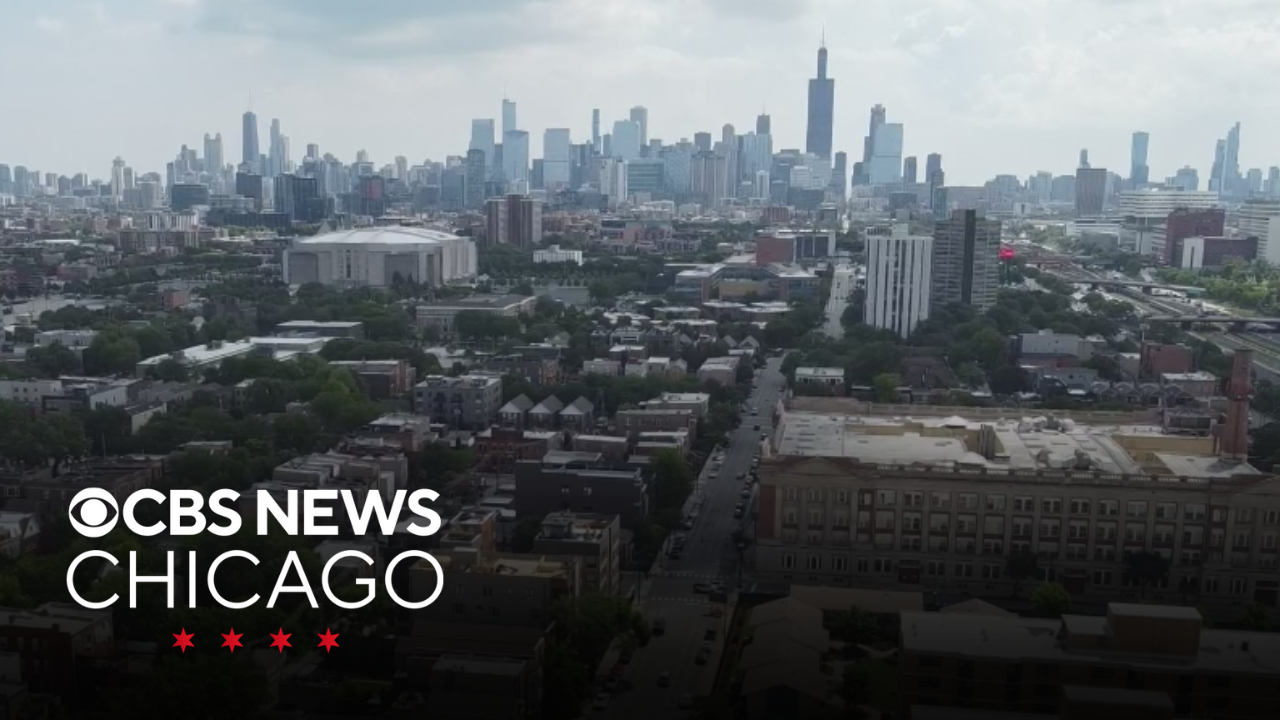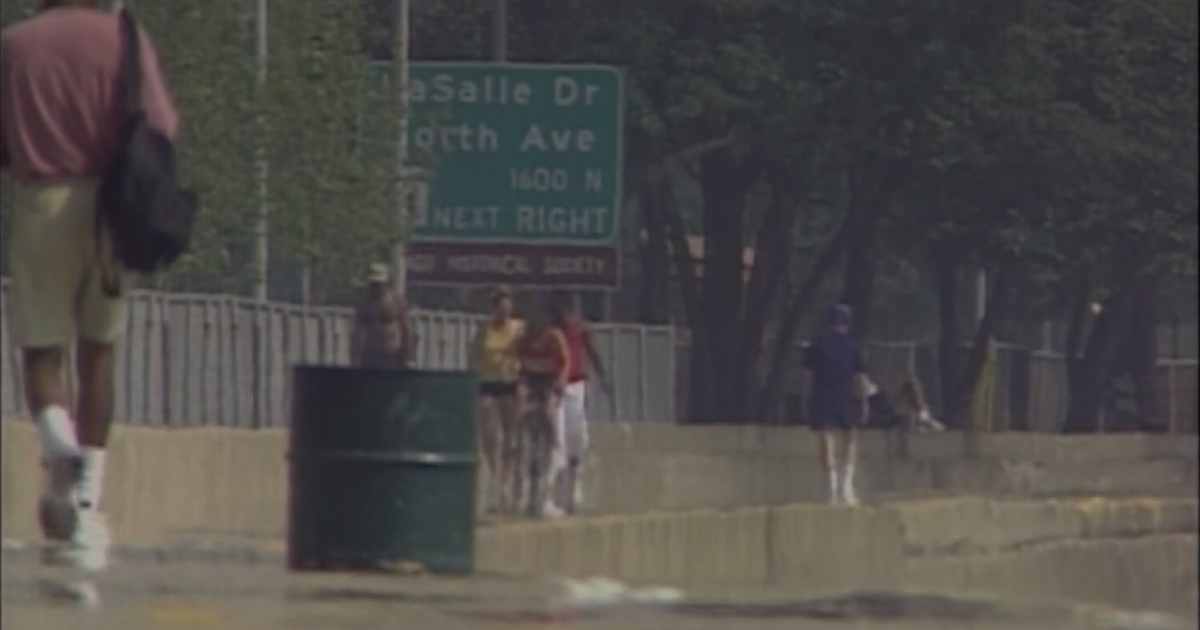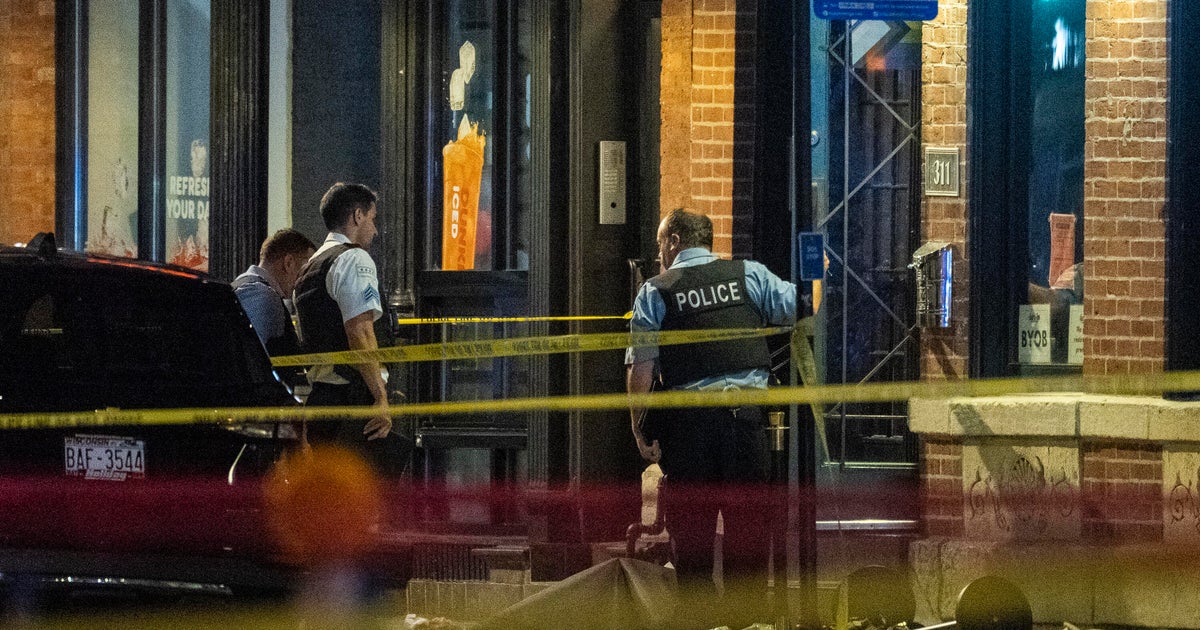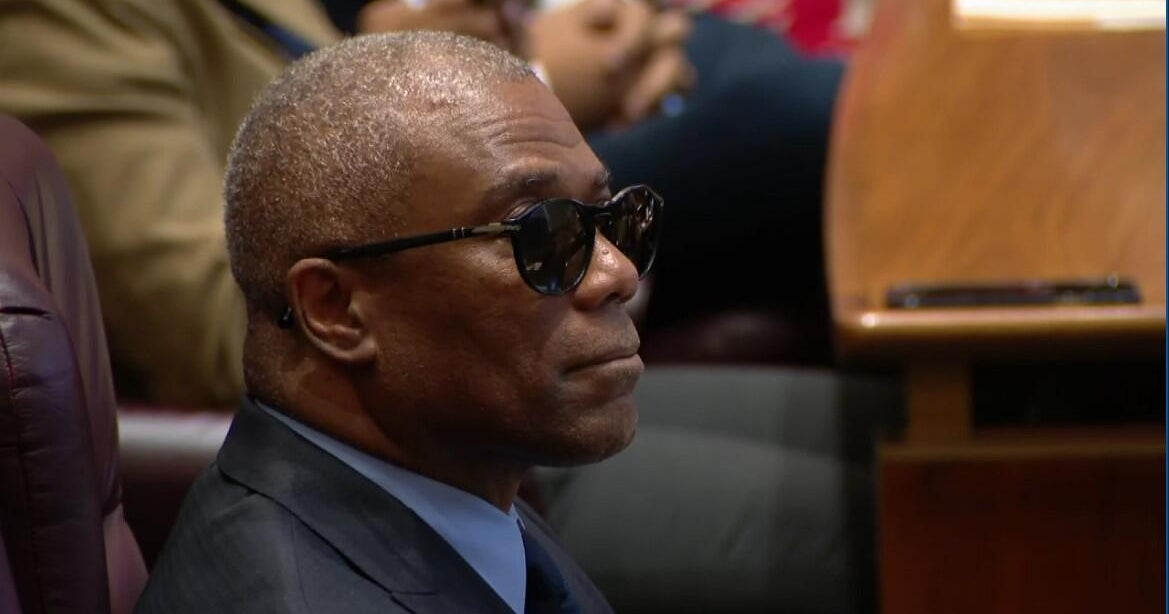30 years later: What went wrong in the deadly 1995 Chicago heat wave, and what has changed since
The 1995 Chicago heat wave, which took place 30 years ago this week, remains the Chicago area's deadliest weather disaster.
Heat indices over 100 degrees kept a hold on the city for five straight days that July. In the days and months that followed, City Hall faced intense criticism for being slow to respond.
The Cook County Medical Examiner's office saw staggering numbers of heat-related deaths rising each day. Hospital emergency rooms filled up. Gov. Jim Edgar declared Cook County a disaster area.
"It was terrible," said Jeffrey Foy. "There was no air over here."
Foy lived in the since-demolished Rockwell Gardens public housing development on the city's West Side. Nearly 150 families there suffered like the rest of Chicago.
Foy used two words to describe his old third-floor apartment.
"Microwave — the oven," he said.
In mid-July 1995, temperatures topped 100 degrees for five consecutive days, then stayed in the high 90's for several more.
"Everybody in the building had their windows all the way up, curtains, back so they could get some kind of air in there," Foy said.
Foy said the fans in the building were not of much use.
"You can have the window and a door open and fan going, and you don't feel it," he said. "It was just that miserable."
The heat was uncomfortable for most, but deadly for many.
"We're really facing a heat-related disaster here," Cook County Medical Examiner Edmund Donoghue said at the time. "I've never seen anything like this in the history of the Cook County Medical Examiner's office."
On an average night back then, the morgue received 17 bodies. Just on Friday, July 14, it received 87.
The Medical Examiner's office was so overwhelmed with bodies, it had to ask the State of Illinois for refrigerated trucks to store all the extra bodies.
The death toll that week topped out at 739. Most of them were elderly and they died alone, behind locked doors and sealed windows, protecting their property while jeopardizing their lives.
"You can't imagine a city doing a worse job in a crisis," said Eric Klinenberg.
Klinenberg criticized city leaders in his 2002 book, "Heat Wave: A Social Autopsy of Disaster in Chicago."
"The City of Chicago had a heat emergency plan on the books that summer, and they didn't even use it," Klinenberg said. "They forgot that they had it."
Seventy-three percent of the heat-related deaths were residents over the age of 65. More than half lived on the West and South sides of the city.
"The mayor was on vacation. The Health Department commissioner was on vacation. The Fire Department commissioner, who manages paramedics — on vacation," Klinenberg said. "So the B team was running the City of Chicago."
As the death count and the temperature continued to rise, Mayor Daley faced political heat as well. A week later, he formed a commission on extreme weather conditions — putting in place a new plan to better respond to emergencies.
Thirty years later, the city says practices have changed.
Kaila Lariviere is manager of emergency management services at the Chicago Office of Emergency Management and Communications — an office that was formed just months after the 1995 heat wave, and continues to be front and center in every emergency.
Lariviere said if there is an emergency like the one seen in 1995, "We at OEMC start activating plans left and right.
"Whether I'm talking to the Fire Department to open up hydrants, whether I'm talking to the Health Department because I need to know what the census is at certain hospitals in the area," said Lariviere, "maybe I'm talking to Salvation Army, 'Hey, can you bring a canteen with extra water and food to help bring relief?'"
That collaboration with city agencies was on full display in late June 2025, as the city faced another stretch of intense heat.
"Because we now have these extreme thresholds with the National Weather Service, we can act even sooner, even quicker," said Lariviere. "Those thresholds currently stand at between 100 to 105-degree heat index for three consecutive days."
Lariviere was asked what the city has done to ensure something like the 1995 heat wave never happens again.
"I'd like to say it's because we're ahead of the curve now, and we're able to get that messaging out right away," she said. "We're better at coordinating. We're better at talking across the hallway, and making sure that we're working with the people we need to, to save our city and to the best of our ability."




